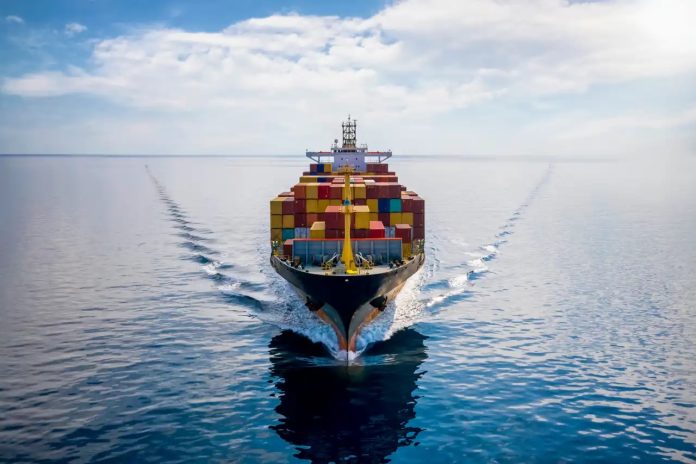Benefits from just-in-time arrivals at the port are so obvious and easy to achieve that a five-year-old can understand it and yet the industry does not get it according to one leading industry figure.
Martin Crawford-Brunt, CEO at consultancy Lookout Maritime told Container News that it is
essential the industry “ends the practice of ‘sail fast to wait’”, slowing ships down is a
simple and effective way to reduce congestion and cut greenhouse gas (GHG) emissions.
“Slowing ships down to reach the port at an optimal time, while ensuring a buffer for the
terminal, is so simple a five-year-old will get it immediately,” said Crawford-Brunt, who
added, “However, we don’t seem to have the appetite or willingness to implement this
practice which would reduce operational emissions between 10-15%.”
In fact, an analysis by Drewry published earlier this month argues that the benefits could
be more significant than that, following its survey of 193 ports from around the globe,
and including an illustrative analysis of congestion at Dar es Salaam, which saw 2,000
days of waiting time, with 70% of these days due to waiting at anchor for a berth.
Drewry analysed the effects of reducing speed for JIT arrival at Dar es Salaam for vessels
that waited for eight hours or more at the port’s anchorage.
“The results indicated that capping average inbound voyage speed to 10 knots during
congested periods would have generated waiting time savings of 31% – equivalent to 23,000 CO2eq of emissions. A more conservative scenario whereby average inbound voyage speed was capped at 12 knots generated waiting time savings of 16% (or 11,800 CO2eq),” noted Drewry.
Greater co-ordination between ports could help reduce the emissions from ocean-going
vessels, particularly from vessels sailing on relatively short journeys between port calls.
Analysis of port calls at the US ports of Norfolk and Savannah, which are 450 nautical miles
apart, showed, “A selective speed reduction to achieve a 10-knot average speed (as a proxy for JIT) during congested periods could have reduced pre-berth waiting at Savannah by 24%, equating to a saving of almost 7,250 tonnes CO2eq. A 12-knot threshold would have generated waiting time savings of 6% or 1,800 tonnes CO2eq.”
Xeneta chief analyst Peter Sand said that the disruption in the Red Sea has seen the
bunching of large ships arriving in Europe, the ports were unable to cope with the levels of
cargo being discharged causing delays, and that backed up to Singapore and Shanghai.
“Ports and terminals are better at handling more calls with less cargo, giving an even flow of freight, rather than the high volumes from jumbo container ships,” said Sand.
The situation at some major ports has become increasingly strained with carriers omitting
port calls at some of the world’s busiest terminals in Hong Kong, Ningbo, Singapore and
Shanghai, according to the Hamburg-based Container xChange.
The company added prices for a 40ft high cube container were now US$1,890, rising from
US$1,499, a 26% increase in the six months from October 2023 to May this year, as a
a consequence of the Red Sea crisis and the spreading disruption that has resulted from the Middle East conflict.
Mary Ann Evans
Correspondent at Large







